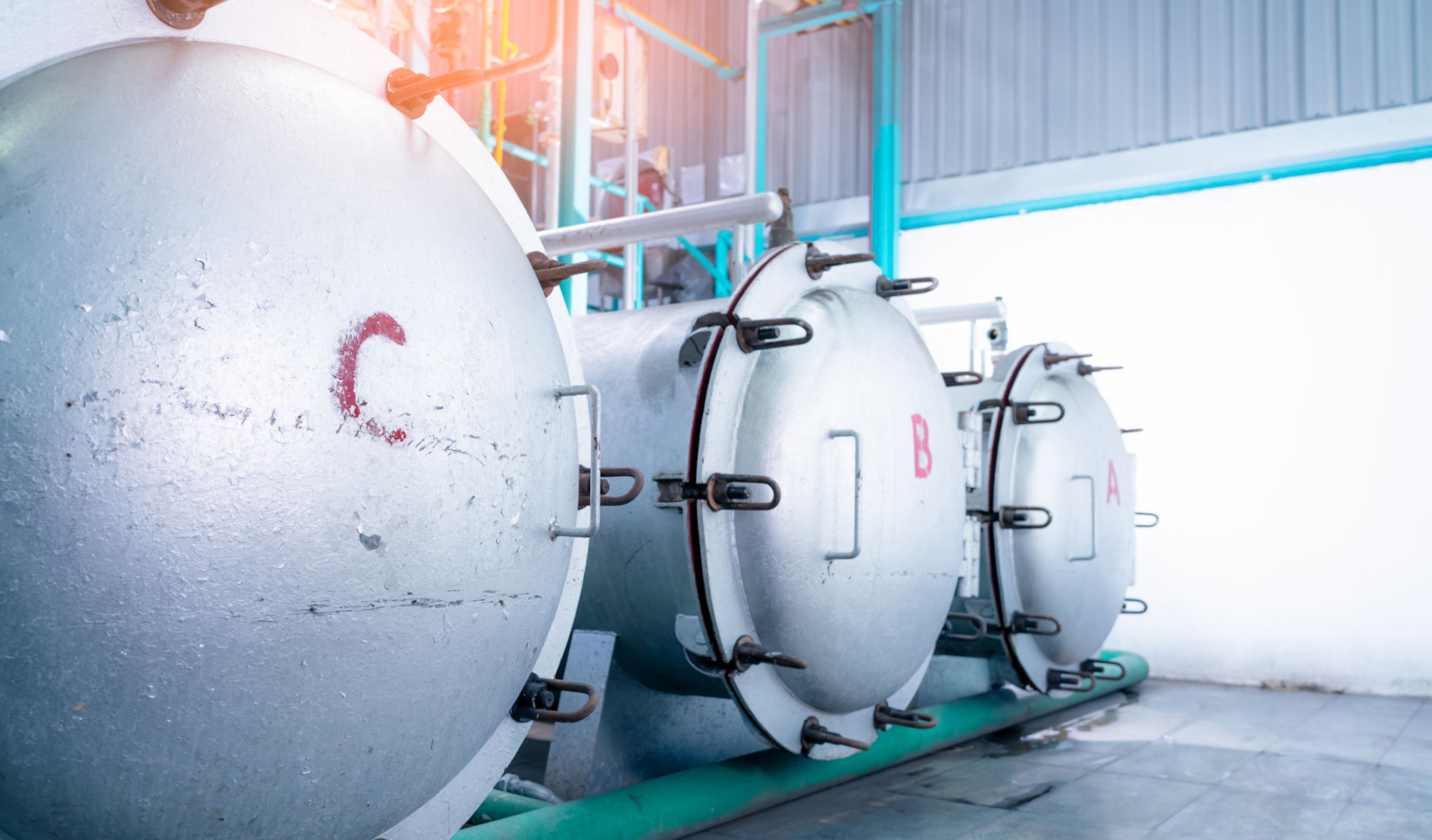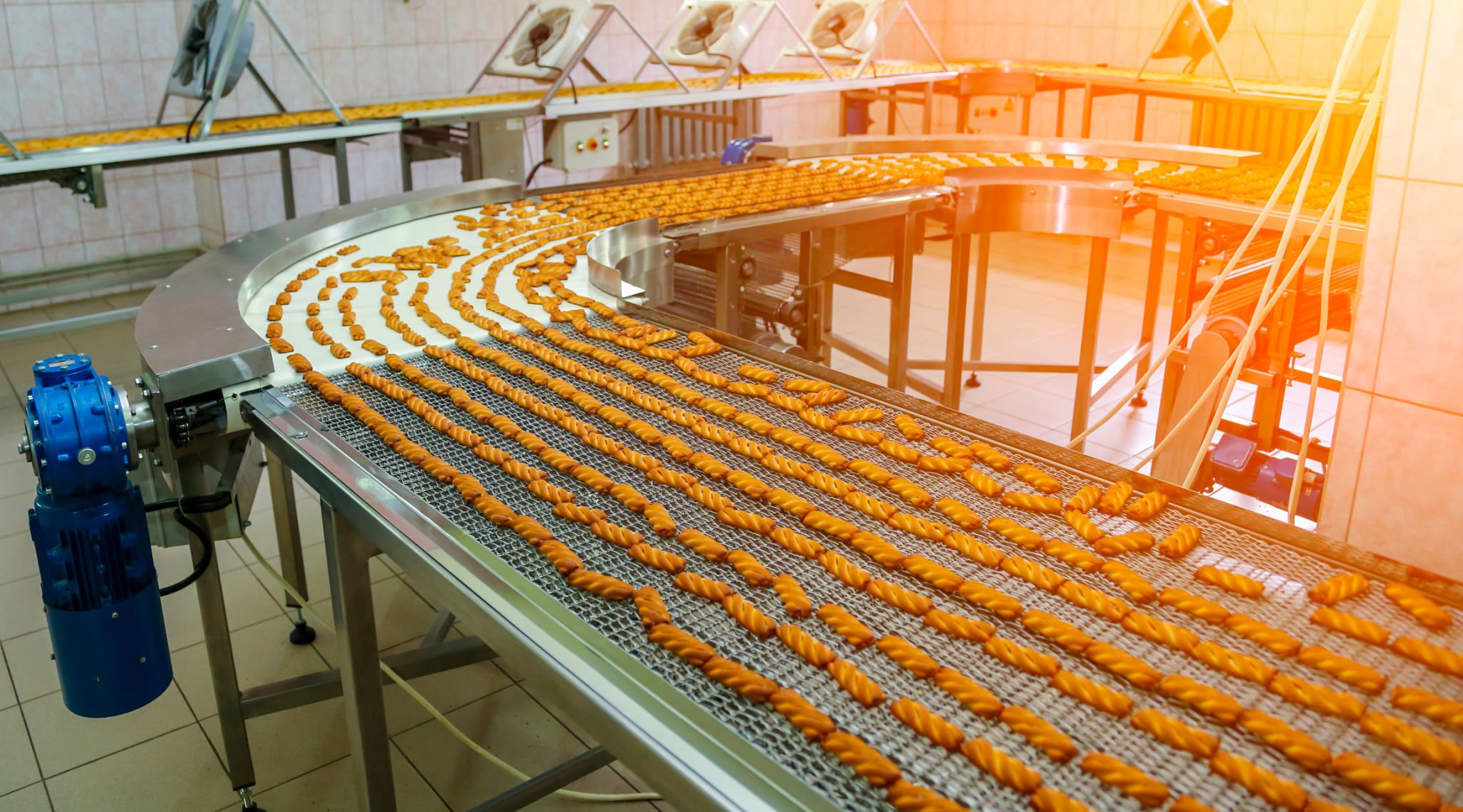A Step-by-Step Guide to Implementing High Pressure Processing in Your Food Manufacturing Process
Understanding High Pressure Processing (HPP)
High Pressure Processing (HPP) is a groundbreaking technology that ensures food safety and extends shelf life without compromising the nutritional value or flavor of the product. By applying extremely high pressure to packaged food, HPP inactivates harmful pathogens and spoilage organisms. This non-thermal method is increasingly popular in the food industry for its ability to maintain fresh quality and nutrient content.

Assessing Your Production Needs
Before implementing HPP, it is crucial to assess your production requirements. Consider the types of products you produce, their packaging, and the volume of production. Understanding these factors will help determine the suitable HPP equipment and process parameters. It's essential to align HPP integration with your existing production workflow to ensure efficiency and cost-effectiveness.
Choosing the Right Equipment
Once you've assessed your production needs, the next step is selecting the appropriate HPP equipment. There are various models available on the market, each designed to accommodate different production capacities and product types. Key considerations include the machine's pressure capacity, load size, cycle time, and energy consumption. Investing in the right equipment is crucial for optimizing your HPP process.

Equipment Installation and Setup
After purchasing the equipment, proper installation is vital to ensure smooth operation. Collaborate with the manufacturer or a certified technician to set up the machine according to your facility's layout. It's important to establish a maintenance plan to keep the equipment running efficiently and minimize downtime.
Developing HPP Process Parameters
Developing process parameters involves determining the optimal pressure, hold time, and temperature for your products. Conduct thorough testing to establish these parameters, as they significantly impact product quality and safety. Consult with HPP experts or utilize pilot testing services to fine-tune these settings for your specific products.

Integrating HPP into Your Workflow
Integrating HPP into your existing production workflow requires strategic planning. Ensure that the transition does not disrupt your operations by coordinating with production teams and scheduling processing times appropriately. Staff training is also essential to familiarize your team with new procedures and safety protocols associated with HPP technology.
Monitoring and Quality Control
Once HPP is operational, continuous monitoring is necessary to maintain product quality and safety standards. Implement a robust quality control system to regularly check processed products for consistency and compliance with health regulations. Utilize data analytics to track performance and make informed adjustments to improve efficiency.
Evaluating Costs and ROI
Implementing HPP involves initial investment costs, but it's important to evaluate the long-term benefits and return on investment (ROI). Consider factors such as extended shelf life, reduced spoilage, and enhanced product safety, which can lead to increased market competitiveness and customer satisfaction.

Conclusion
Successfully integrating High Pressure Processing into your food manufacturing process can significantly enhance product quality and safety. By following this step-by-step guide, you can navigate the complexities of HPP implementation and position your business for growth in a competitive market. Embrace this innovative technology to meet consumer demands for fresh, safe, and high-quality food products.